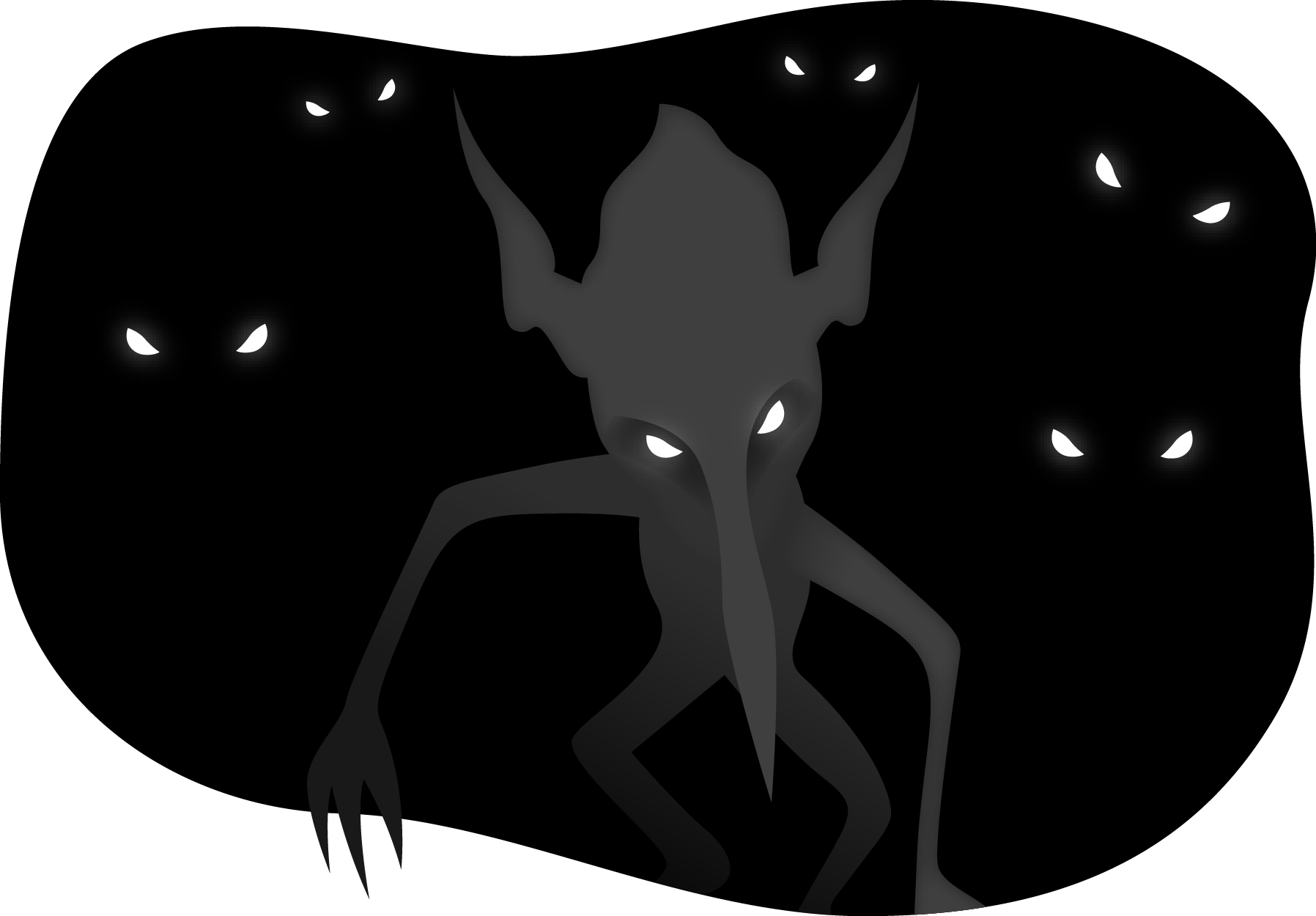
A large part of D&D (and other TTRPG’s) is combat. Whether your group is tasked to kill monsters, they stumble into a den or a if they are set upon by bandits, the encounter will probably start with violence and end when the opponents are dead. Although this is massively entertaining, the repetitiveness might grow stale overtime. If you, as a DM, want to make the battles more interesting, you need to get into the heads of the enemies.
Why do (or don’t) they fight?
The first step of making combat more interesting is by making it more believable. Understand the creatures and ask yourself why they would (or would not) fight in this setting. A Lich would fight anyone in it’s path for the mere sake of destruction, they want to see the world burn. An Owlbear would fight for two main reasons. It would fight for food and it might fight for protection. Protection of itself, it’s young or it’s home. A single Kobold however might fight for survival or for treasure, but when faced with an obvious superior group of foes, it is smart enough to either flee, get reinforcement or even lure the foes into a trap.
Battle tactics
OK, the board is set. The adventurers have entered the combat area, the enemies are alerted and Initiative is rolled. Every enemy would base their tactic around their strength. The Giant would use it’s physical strength to get in close and start clobbering. A Displacer Beast would use it’s speed and it’s ability to create an illusion to mask it’s actual location and would strike from the shadows. Oozes would wait for victims to walk into it’s hiding spot before attacking and a group of Needle Blights would keep their distance and attack by hurling needles from the treetops. Every creature has a strength and their attack would make full advantage of it.
When winning
After a few rounds the creatures are either winning and making progress or they are losing. If they are on the winning hand, the creatures can simply continue attacking, but they might also get cocky and taunt the adventurers or promise them their lives if they leave their gold behind.
When losing
When animalistic creatures start losing they will grow more vicious or they will try to flee or hide. More intelligent creatures however might try to bargain for their lives or offer up their cooperation or loot. Although not many enemies would want to die, some might even trigger a suicidal event that will kill them but take you out as well, in spite or to save someone they care about.
The point is that not many encounters would simply start and end with direct combat. A plea for their lives or a trying to outrun the adventurers can still end up with the enemies dead on the floor, but it will shake up the monotony and make the encounter memorable.
Are there other ways that you make your battles more interesting? Post it in the comments!
Are you ready to play some D&D, and do you want to further explore fantasy worlds like that of Harry Potter, Pokémon, Hunger Games or Avatar? Try out these free one-shots!